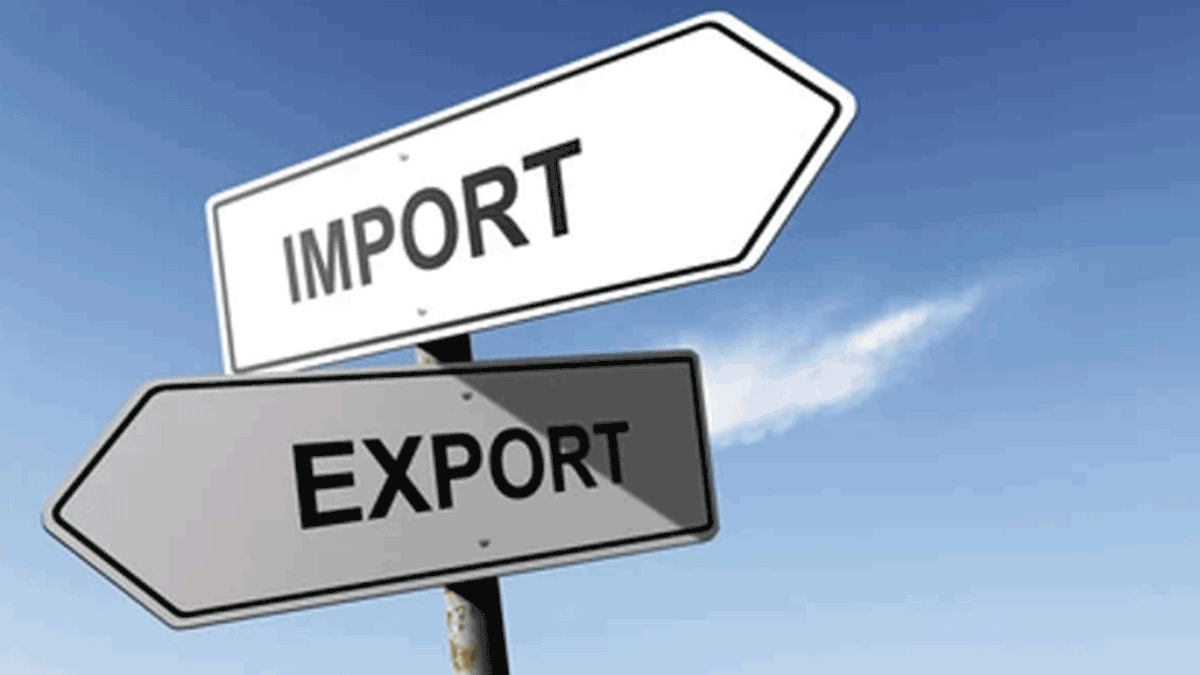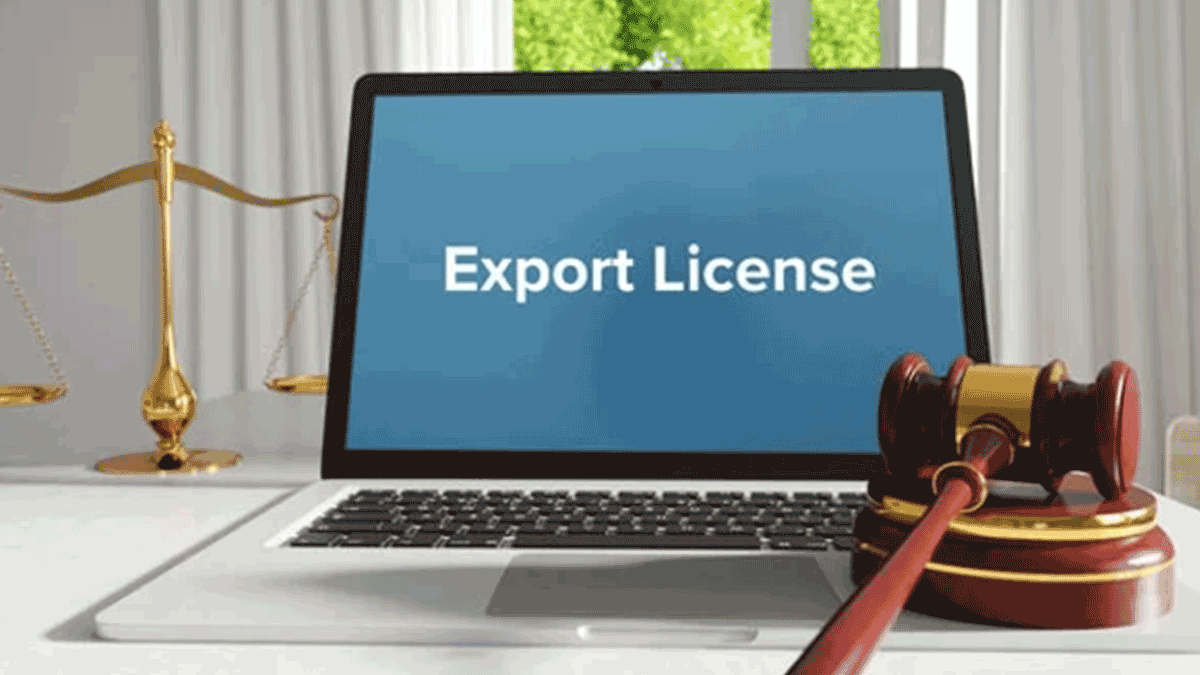On: September 30, 2020 By: David Noah
Why Is the Census Bureau Monitoring Your Exports?
The Census Bureau does more than count the population of the U.S. It also gathers import-export trade statistics with the help of your electronic export information (EEI), the data that most exporters need to submit through AESDirect on the Automated Commercial Environment (ACE) portal.








